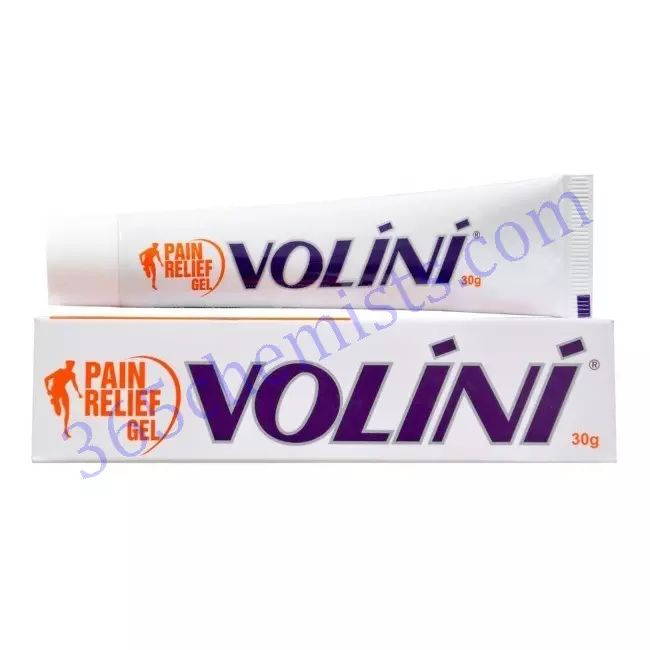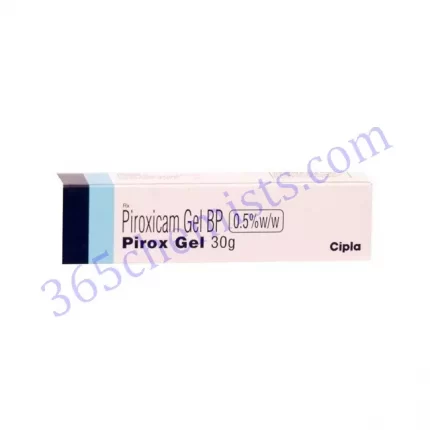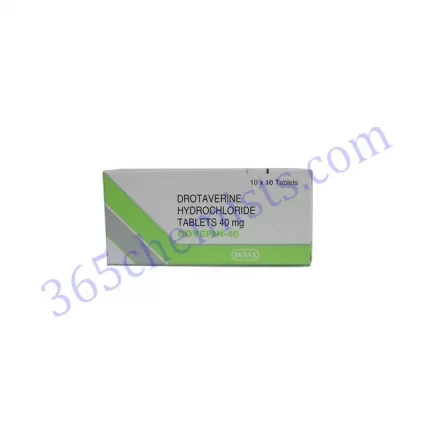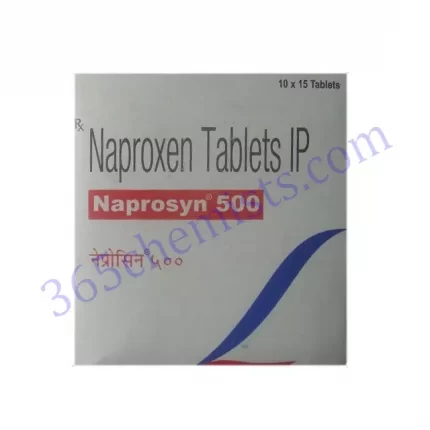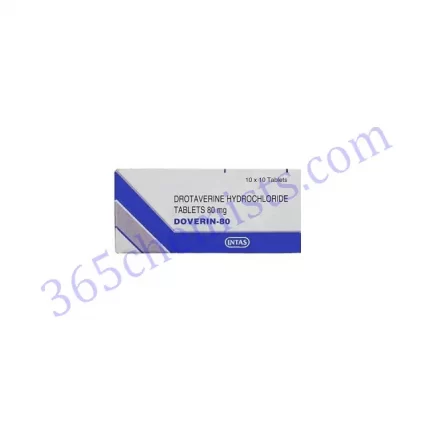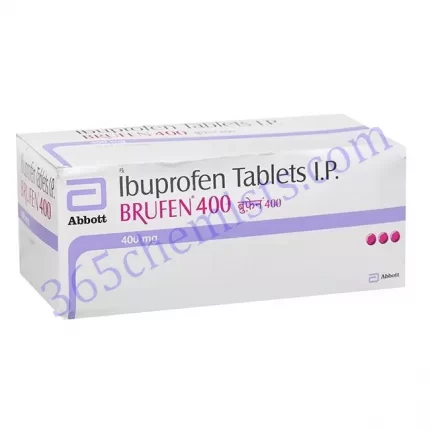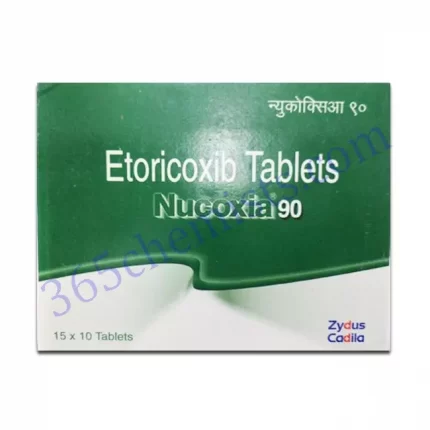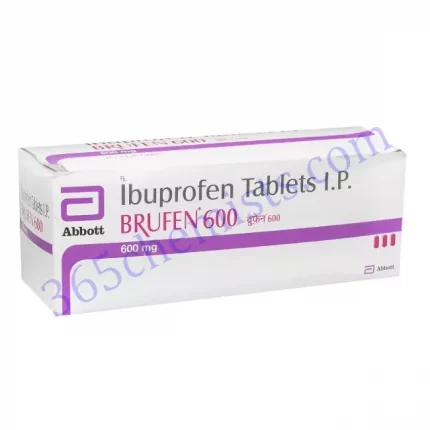Introduction to Volini Gel
Diclofenac is the active component in the topical medication known as Volini Gel, which is formulated to be applied topically. It is frequently used to provide momentary relief for the pain and inflammation that can be caused by a variety of conditions affecting the musculoskeletal system. Because it is in gel form, the medication can be applied easily, and it can be delivered directly to the affected area.
Indications and Uses of Volini Gel
The use of Volini Gel is recommended for the reduction of discomfort and inflammation brought on by a variety of conditions, including arthritis, sprains, strains, and sports-related injuries. It is effective for providing localised relief and can be applied to affected areas including joints, muscles, and others. People looking for momentary relief from their pain and inflammation may want to consider using Volini Gel because it is a non-invasive treatment option that is also convenient.
How Volini Gel Works
The nonsteroidal anti-inflammatory drugs (NSAIDs) include diclofenac, which is the active component in Volini Gel. NSAIDs are also known as pain relievers. In order for it to be effective, it blocks the production of certain chemicals in the body that are responsible for causing inflammation and pain. Diclofenac is able to penetrate the skin and reach the underlying tissues when it is applied topically. This allows it to exert its anti-inflammatory and analgesic effects directly at the site where it was applied.
How to Use Volini Gel
To prepare the affected area for the application of Volini Gel, it is necessary to wash and pat it dry first. It is recommended that a thin layer of gel be gently massaged into the skin, covering the entire region that is painful or irritated. The gel ought to be applied three to four times on a daily basis, or as directed by a qualified medical professional. After application, it is essential to wash one’s hands, unless the hands themselves are part of the affected area.
Possible Side Effects
When used as directed, Volini Gel is typically well tolerated by patients. On the other hand, in extremely unusual circumstances, a person’s skin at the application site might become irritated, reddened, or itchy. These are considered to be mild side effects. It is imperative that you stop using Volini Gel immediately and seek medical attention if you experience any side effects that are severe or continue for an extended period of time.
Drug Interactions
Due to the fact that Volini Gel is applied topically, the potential for interactions between systemic drugs is relatively low. However, it is crucial to let the healthcare professional know about any and all medications that are being taken, whether they be prescribed drugs, over-the-counter drugs, or herbal supplements. This information is helpful in ensuring that Volini Gel is used in a safe manner and preventing any potential interactions that may occur.
Storage and Shelf Life
When not in use, Volini Gel should be kept in a cool, dry place that is shielded from both direct sunlight and sources of heat. Children shouldn’t be able to get their hands on it or see it at any point. It is customary to include a statement regarding the shelf life of the gel on the packaging; this statement ought to be verified prior to use. Gel that has expired or has not been used should be disposed of in accordance with the regulations that are in place in the area.
Precautions and Safety Tips
It is essential to keep in mind the following precautions and safety tips when using Volini Gel, despite the fact that the product is generally safe and well tolerated by most people:
- Consult a Healthcare Professional Before Using Volini Gel, it is recommended that you consult a healthcare professional, particularly if you are taking other medications, have a history of allergic reactions, or if you have any underlying medical conditions.
- Reactions of an Allergic Nature: It is possible that some people have a hypersensitivity to diclofenac or to other NSAIDs. In the event that you develop any symptoms of an allergic reaction, such as a rash, itching, swelling, or difficulty breathing, you should immediately stop using the product and seek medical attention.
- Avoid Contact with Sensitive Areas: Volini Gel should not be applied to mucous membranes, eyes, or mouth, nor should it come into contact with skin that has been broken or damaged. During the application process, you should take special care to avoid coming into contact with these areas.
- Hands should be washed thoroughly after application It is important to wash your hands thoroughly after applying Volini Gel in order to remove any residue that may have been left behind. This helps to prevent accidental transfer to sensitive areas or ingestion through hand-to-mouth contact, both of which can be dangerous.
Using Volini Gel topically is generally safe; however, there are some precautions that should be taken and safety information that should be considered. It is vitally important to avoid applying the gel to skin that is broken or damaged, as this can increase the risk of the gel being absorbed into the body systemically, which can lead to undesirable effects. It is important to avoid getting Volini Gel in the eyes or mouth, as well as open wounds. Avoid taking this medication if you have ever had an adverse reaction to diclofenac or any other nonsteroidal anti-inflammatory drug (NSAID).
Conclusion
Pain and inflammation can both be temporarily alleviated by using a topical medication like Volini Gel, which contains the active ingredient diclofenac. Individuals can effectively manage their musculoskeletal pain with the help of Volini Gel by following the recommended usage instructions, taking the necessary precautions, and reading the relevant safety information. If there are any concerns or questions, it is highly recommended to seek the advice of a healthcare professional in order to receive further direction.

